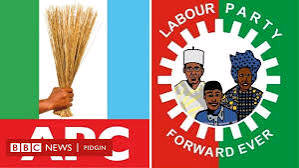The International Monetary Fund (IMF) has confirmed Nigeria’s full repayment of the $3.4 billion emergency loan secured at the height of the COVID-19 pandemic.
The repayment, completed by April 30, 2025, has resulted in Nigeria’s removal from the IMF’s list of indebted nations, a significant list that included 91 countries with outstanding obligations.
The loan, obtained in 2020 under the IMF’s Rapid Financing Instrument, was a vital stopgap as Nigeria navigated the twin shocks of a global health crisis and a collapse in oil prices.
While the principal has been cleared, Nigeria is still expected to make annual payments of about $30 million in Special Drawing Rights (SDR) charges until 2029, a financial tail that continues to wag long after the main debt has been settled.
However, this positive development should not distract from a broader concern.
Despite exiting IMF debt, Nigeria remains Africa’s most indebted country to the World Bank, with a current debt burden of $17.32 billion.
This places it ahead of Ethiopia, Kenya, Tanzania, Ghana, and Uganda; all grappling with substantial World Bank loans in the billions.
These figures reflect a deeper issue: the growing reliance of African countries on multilateral financing to plug budgetary gaps and fund development.
While external loans can provide short-term relief, they often come at a long-term cost, limiting national policy space and future economic flexibility.
Nigeria’s exit from IMF debt should therefore be seen not as a victory lap, but as a prompt for sober reflection.
The country must now rethink its broader debt strategy.
Greater transparency in borrowing, a stronger focus on revenue generation, and a shift toward sustainable economic policies are urgently needed.
This moment offers Nigeria an opportunity to chart a more independent, resilient financial path.










